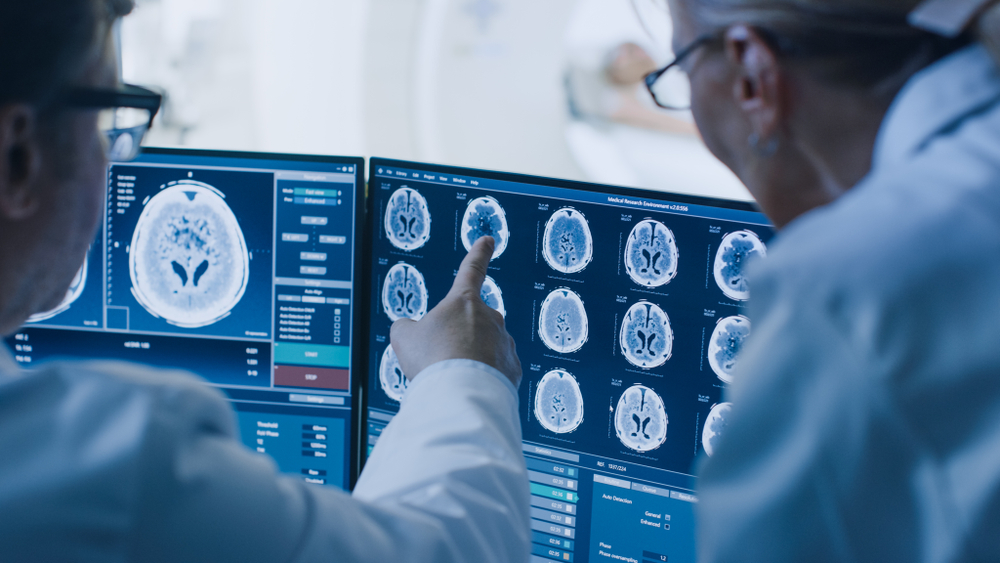


NORFOLK, VIRGINIA - Cardiac magnetic resonance imaging (CMR) has become increasingly important in the clinical management of patients with a wide variety of congenital and acquired cardiovascular conditions. CMR provides structural, anatomical, and physiologic data in a format of conveniently reviewable image sets which are highly reproducible. This reproducibility enables easy comparison between previous and/or subsequent examinations. CMR is the gold standard for measurements of cardiac function, such as stroke volume and ejection fraction, and also provides visualization of wall motion abnormalities via cine clips. For the evaluation of shunt lesions, CMR accurately measures pulmonary-to-systemic flow ratios while providing anatomic information of the lesion of concern. In valvular disease, CMR provides important data, such as valve morphology and regurgitant fraction and/or pressure gradients. It can determine the presence and extent of myocardial fibrosis, evaluate for myo and pericarditis, determine myocardial viability after myocardial infarction and help guide revascularization therapy by locating ischemic tissue on stress imaging.
The capabilities listed above only scratch the surface of what CRM is able to do in clinical practice. CMR also overcomes several limitations of its imaging cousins. It provides clear visualization of the entire anatomy of the heart and the major vascular structures of the chest without being encumbered by a reliance on acoustic windows, as is the case in echocardiography. It provides superior soft tissue characterization and it performs all of these feats without subjecting the patient to ionizing radiation.
One might wonder why the use of CMR is not more far-reaching, given all of the usefulness and advantages described. Utilization has been increasing, but currently CMR is often sequestered in large tertiary hospitals and major academic centers. There is limited or no access to this service at mi
The content herein is subject to copyright by The Yuan. All rights reserved. The content of the services is owned or licensed to The Yuan. Such content from The Yuan may be shared and reprinted but must clearly identify The Yuan as its original source. Content from a third-party copyright holder identified in the copyright notice contained in such third party’s content appearing in The Yuan must likewise be clearly labeled as such. Continue with Linkedin
Continue with Linkedin
 Continue with Google
Continue with Google










 2931 views
2931 views







